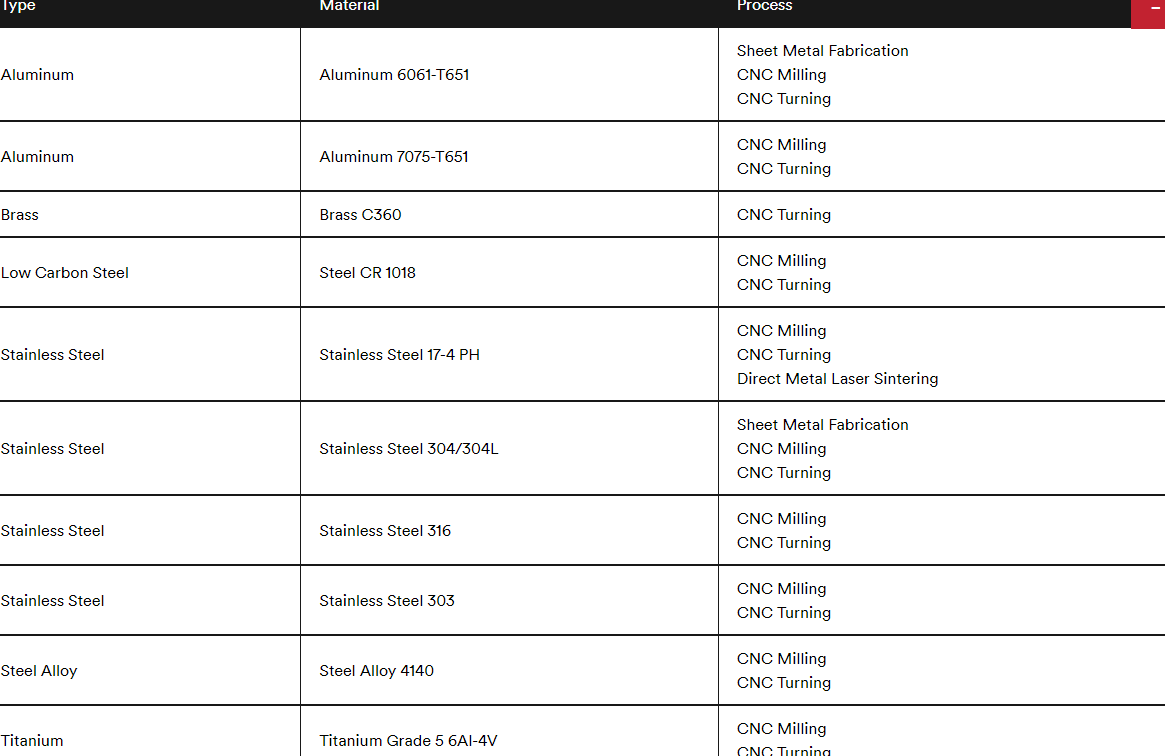The world of manufacturing finds a steadfast ally in CNC (Computer Numerical Control) turning, a method that truly shines when it comes to crafting small quantities of parts and ushering prototypes into reality. Its advantages are nothing short of a manufacturing marvel, making it the preferred choice for businesses and designers looking to create limited quantities of components or put their prototypes to the test. Let's delve into the distinct benefits of CNC turning:
Laser-Focused Precision and Accuracy: CNC turning is synonymous with precision and accuracy. These computer-guided machines follow design instructions with unwavering dedication, delivering components of consistent, impeccable quality. In the realm of prototypes and small-batch manufacturing, where each piece must meet exacting standards, CNC turning takes the center stage.
Swift and Seamless Setup: Setting up a CNC turning operation is a lightning-fast process. Programming and tool configuration happen with remarkable speed, making it an ideal choice for manufacturing small quantities and prototypes. In contrast, traditional machining methods may involve laborious tool changes and adjustments, rendering them impractical for limited production runs.
The Versatility Virtuoso: CNC turning exhibits remarkable versatility, accommodating an array of materials. Whether it's metals, plastics, or composite materials, these machines handle them with finesse. This versatility is a boon for prototype development, allowing for the testing of different materials before diving into large-scale production.
Material Conservation at Its Finest: A notable feather in CNC turning's cap is its minimal material wastage. This subtractive manufacturing process carves parts from a workpiece with an economical touch, keeping material costs in check. For prototype and small-batch manufacturing, this attribute is a significant cost-saving advantage.
Conquering Complexity: CNC turning possesses an affinity for complexity. It gracefully brings to life parts adorned with intricate and elaborate geometries. This is a designer's dream come true when working on prototypes, as it allows for the realization of unique designs that are often challenging to create using conventional methods.
Consistency Champion: CNC turning excels in maintaining unwavering consistency. The quality of the components remains high and uniform from the first to the last. This attribute is paramount for prototypes and small-batch production, where consistent quality is not negotiable.
Expedited Prototyping: CNC turning offers unmatched agility, making it the go-to choice for rapid prototyping. Designers and engineers can swiftly iterate and refine their designs. Changes to the program are implemented with ease, expediting the development cycle for prototypes.
Cost-Effectiveness for Limited Runs: While the initial investment in CNC machines might appear significant, the true allure emerges when considering small-batch and prototype manufacturing. The substantial tooling and setup costs associated with conventional manufacturing methods are significantly reduced, if not eliminated, with CNC turning.
Customization Craftsmanship: CNC turning is a master of customization. It accommodates easy adjustments and modifications, a pivotal feature for prototypes that often undergo evolutionary changes.
Trimmed Lead Times: The perfect blend of swift setup, impeccable machining, and prudent material usage results in shortened lead times with CNC turning. This is a coveted asset for prototypes with tight schedules and small-batch production that demands prompt deliveries.
In summary, CNC turning takes the stage as a manufacturing method that unfurls a spectrum of advantages for small-batch and prototype production. Its hallmark attributes, including precision, rapid setup, versatility, material conservation, intricate geometry handling, unwavering consistency, cost-effectiveness, rapid prototyping capabilities, and customization prowess, make it an impeccable choice for crafting limited quantities of parts or breathing life into prototype designs.

